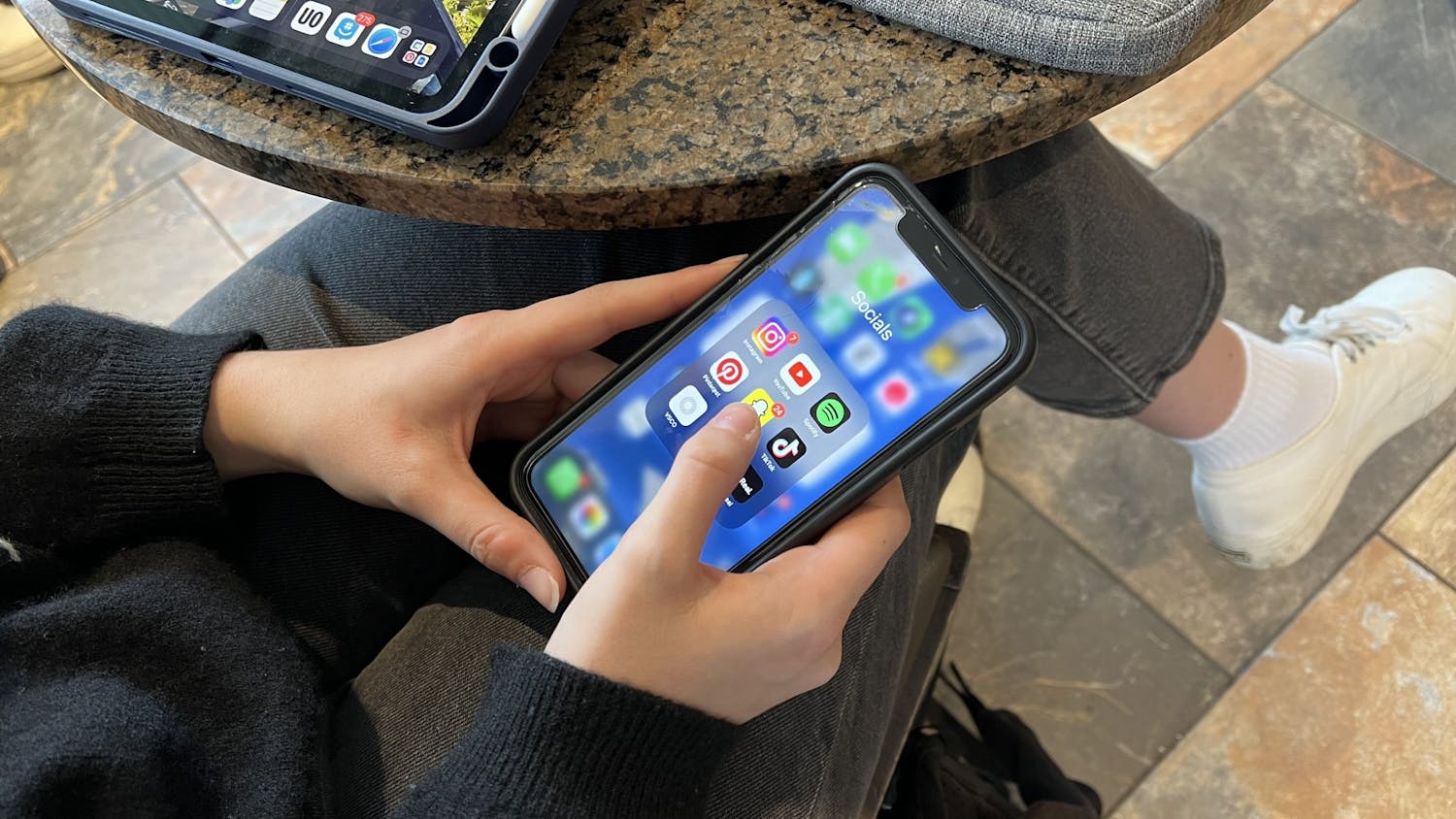Following a nation wide increase in school violence, a number of initiatives have been discussed to decrease negativity among students.
While some school board representatives and government officials decide whether issuing weapons to teachers and administrators will help to control the violent behavior among young people, others have advocated for a less radical, yet equally ineffective proposal of school uniforms.
The belief that a change of wardrobe will dramatically decrease negative attitudes in students is founded upon a number of principles that demonstrate wishful thinking and good intention, but are highly unrealistic.
Altering what students are allowed to wear is not enough to bring about the significant increase in ""positive experience"" that board members in Wisconsin Dells have recently suggested.
Correlating the presence of uniforms with an absence of competition makes little sense. Students compete over academic and athletic performance more often than they compete over each other's clothing choices.
Demanding that each student become identical in appearance would not change the obvious differences that exist throughout these other forms of competition, and therefore, would do little to squelch the possibility that jealousy might lead to violence.
Furthermore, it is unlikely that the implementation of school uniforms would return the students' primary focus to their studies and raise achievement scores. Many more distractions exist beyond what other students might be wearing.
Placing an apathetic student in a uniform is not the equivalent of providing them with appropriate mentoring or a heightened interest to learn, and it produces no further indication of their tendency toward violent behavior.
Board members also claim that a school full of students in uniform would help to identify someone who is out of place.
While the possibility does exist, it is more likely that someone who plans to initiate violence among their fellow students will keep a low profile and attempt to blend in.
In the same respect, a perpetrator who acts suddenly will likely escape the possibility of being identified at all. It is equally doubtful that school uniforms will prevent the formation of cliques.
Having attended a private school when I was younger, I know first hand that the presence of uniforms does not decrease the likelihood that students will form groups. A uniform, unfortunately, does not protect a student from the judgments of others who can easily discover qualities with which they wish not to associate. This push for conformity will only encourage students to find other ways to define themselves.
The defeatist practice of implementing a uniform in a student's younger years will only cause more problems when the student is introduced to a university setting where this idea would be highly impractical.
Allowing students to express themselves through their attire is fundamental to the diversity and individualism upon which every institution of education should pride itself.
We cannot allege that young students who initiate violence are adult enough to take responsibility for their actions if we first conclude that they do not deserve the adult freedoms of self expression and individuality.
Attempting to create a less negative atmosphere in schools is a noble goal, but one which requires further attention be paid to the student themselves, not simply to the way they dress.
Requiring that all students wear a uniform is merely a way for parents and administration to avoid facing a larger picture that involves getting to know each student through their inner personality and emotional state, rather than their outer appearance.





